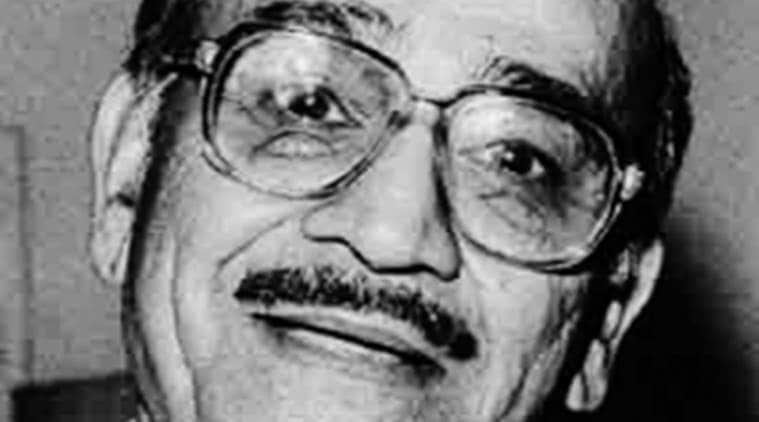Stay updated with the latest - Click here to follow us on Instagram
He brought back order in J&K in time of insurgency
Former J&K Governor Girish Chandra Saxena, one of the country’s most distinguished intelligence officers, died on Friday after a brief illness.
 Girish Chandra Saxena, 1928-2017
Girish Chandra Saxena, 1928-2017
Former Jammu and Kashmir Governor Girish Chandra Saxena, one of the country’s most distinguished intelligence officers, died on Friday after a brief illness. He was 90. Saxena had served as the Governor of Jammu and Kashmir during the worst years of insurgency and as chief of the Research and Analysis Wing (RAW) through the troubled years that began with the storming of the Golden Temple in 1984.
Born in 1928, Saxena grew up in Agra and studied at the Government College, Allahabad, and Queen’s Intermediate College before going on to earn a master’s degree in history from the University of Allahabad in 1946.
He was among the first generation of post-Independence IPS officers and served in several Uttar Pradesh districts before joining RAW in 1969.
Formed the previous year as a result of Prime Minister Indira Gandhi’s dissatisfaction with the Intelligence Bureau’s conduct of external intelligence in the lead-up to the 1962 China-India war, RAW’s early recruits were handpicked by the legendary spymaster RN Kao.
Under Saxena, RAW is known to have supplied Canadian police with the warning of a threat to Air India jets by Khalistani extremists who were plotting to place “time-delay devices in the aircraft or registered baggage”.
However, security was not enhanced, leading to the blowing up of an Air India flight from Toronto, via Montreal, killing all 329 on board in 1985.
Along with his successors, S E Joshi and A K Verma, Saxena was among the RAW chiefs who played a key role in the operations of CIT-X, a covert-action unit which acted against Pakistan’s backing of Khalistani terrorists by staging retaliatory actions in Pakistan.
Following his retirement in 1986, he served as advisor to Prime Minister Rajiv Gandhi until 1988.
In 1990, when insurgency and street violence led to the collapse of the political system and administration in Jammu and Kashmir, Saxena was appointed the Governor there. He served for three years, replacing the controversial Jagmohan, and is credited with having played a key role in restoring a modicum of order in the functioning of the state apparatus.
Saxena served again as Jammu and Kashmir Governor in 1998, this time overseeing a political government.
During this tenure, he is said to have played a key role in enhancing the capacity of the police, seeing it as critical to effectively combatting terrorism.
In May 2000, Saxena was appointed to head a task force on intelligence service reform, along with former Foreign Secretary K Raghunath, former Intelligence Bureau chief M.K. Narayanan, former Special Secretary, Home, P.P. Shrivastava, former RAW Additional Secretary B. Raman, and R. Narsimha of the National Institute of Advanced Studies.
The report called on India’s intelligence establishment to take “an honest and in-depth stock of its present intelligence effort and capabilities” and called for wide-ranging enhancement of capacities and infrastructure. Only part of the report has been implemented even today.
Saxena was awarded the Padma Bhushan in 2005.







